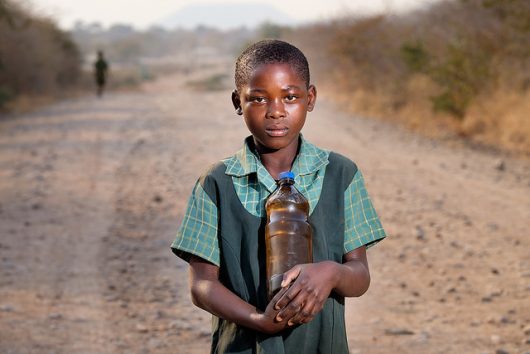Freshwater has its own limitations in terms of remain fresh for a certain timeline, water infrastructure has to be very strong and reliable if efficiency needs to be improved at all stages.
Maintaining the hygiene level of freshwater requires efforts in the right direction with the right technologies to be introduced. In today's blog, we will be discussing the major challenges, developing countries are facing in fulfilling the freshwater demand and If the Singapore water model can solve this problem?
Major challenges for developing countries to fulfill the freshwater need in the future.
In a report name framework of action from USAID following are the major challenges for the future and if proper initiative will not be taken on time, it could worsen the situation ever before.
- More than 2.8 billion people will be living in either water-scarce or water-stressed regions of
the world by 2025. - More than 1 billion people lack access to improved water supply services and more than 2
billion people lack access to improved sanitation, undermining efforts to protect public health. - Freshwater ecosystems and environmental services from water resources and watersheds are increasingly at risk from human pressures such as water withdrawals, dam diversions, and
industrial development. - Wetland ecosystems, which serve as buffers against natural disasters, are being lost around the world at alarming rates.
- Ninety-five percent of wastewater around the world is discharged into the environment without treatment.
- Nearly 2 million people—the vast majority of children under five—die from diarrhea each year, and nearly 90 percent of diarrhea is attributed to unsafe drinking water, inadequate sanitation, and poor hygiene.
- Ninety percent of all disaster-related deaths are water-related.
- More than 260 watersheds, containing more than 40 percent of the world’s population, are
shared by two or more countries.

What is the way forward to overcome these challenges?
To make water resources reliable and more sustainable governing bodies need to allocate (Same as Singapore has PUB) the right resources at the right place with accurate monitoring KPIs.
Stakeholders need to understand the urgency of the problem and for that awareness campaigns can play an important role, governments need to allocate innovative people to design campaigns according to the locality and communities living in their countries, also could follow the models which already countries like Singapore used to overcome with the water challenges in past.
Below are the major areas where most of the emphasis needs to be put.
1) How can it be increased access to, and effective use of, safe drinking water and sanitation to improve human health?
2) How can we improve water resources management, water storage, water supply, and infrastructure with optimal quality.
3) And what are the ways to increase the productivity of water resources within each locality and state.
Stainless steel panel tanks in Singapore for storage drinking water.

For more information regarding our stainless steel panel tanks download our product brochure by clicking the button below or fill the form below else drop us your requirement on sales@beltecnoindia.com call us on any of the given numbers +91 9116009580/+91 7300084028


